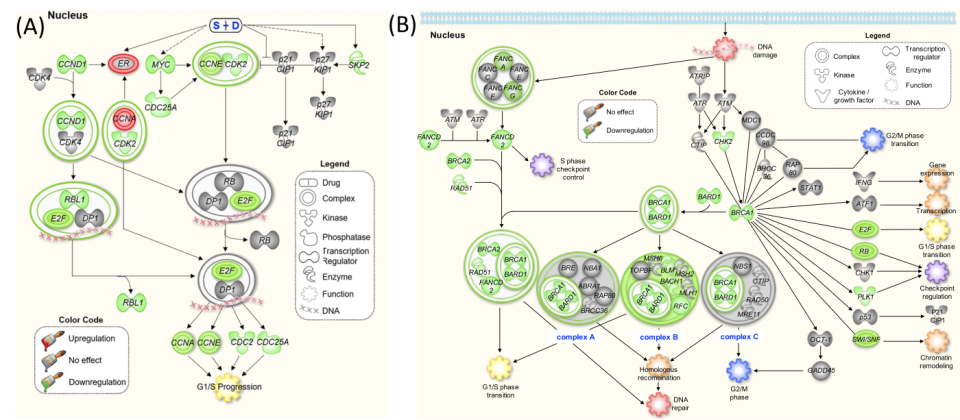To improve the treatment outcome, multiple drugs of distinctive mechanism but complementary anticancer activities are often used to enhance the antitumor efficacy and minimize the risk of acquiring drug resistance. Specifically, we investigate the synergistic effects of drug combinations, with the aim of developing new therapeutic strategies, such as drug-induced targeting approaches (Fig. 6, PMID: 32678032), for cancer treatments. In addition, we are actively involved in studying other anticancer agents, including a mitochondrial disrupting peptide to induce the apoptosis of cancer cells (PMID: 16928814), CXCR4-targeting delivery (PMID: 28196146), anti-RAGE and Herceptin antibodies for immunotherapy (PMID: WOS:000319516400016), and docosahexaenoic acid as a sensitizer.


